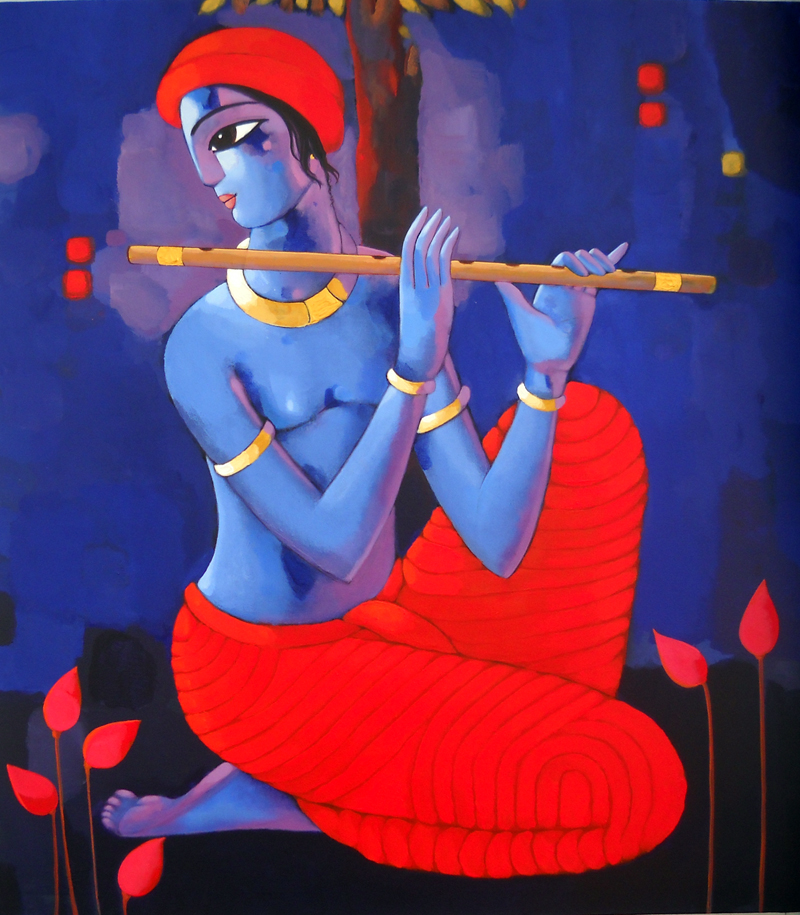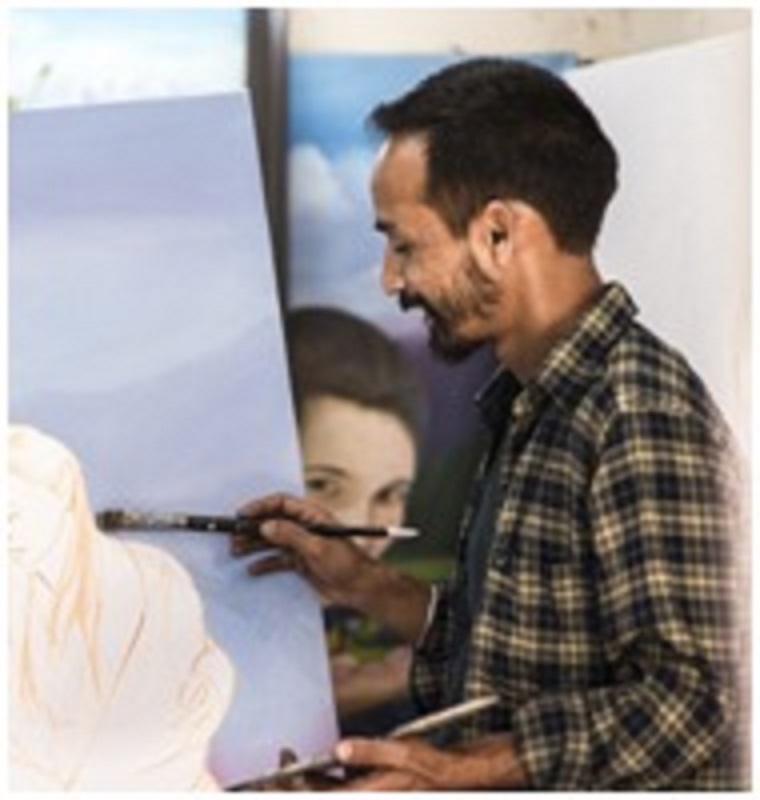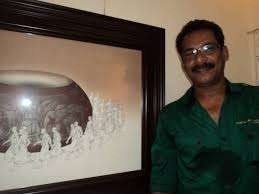
When we talk about diversity in religion, cultures, races and languages, India is the first country that comes to our mind. This can be seen in the collection of folklores, art forms, architecture and paintings. Indian art forms and paintings originated with the dawn of the world’s first known human civilization, the Indus valley civilization. Cave paintings and murals, jewellery, toys, stone and metal sculptures belonging to the pre-historic era have been found that support the nation. As time passed, Indian art evolved. With the passage of time, various religious and cultural influences started to shape various art forms, especially paintings. North Indian art was mostly influenced by the Hindu rulers for a long period of time till Muslim rulers and Mughals came. South Indian art had a deep impact on various cultures like Dravidian and Nagaras. Chola, Pandaya and Chera kings built a lot of temples and encouraged various art forms during the 6th-12th century BC.
Religion is the way of life in India. Effects of religion can be seen on the beliefs, ideologies and lifestyles of the people. It is even reflected in the different styles of Indian paintings. It won’t be wrong to assume that deep religious and spiritual beliefs have spread their roots till Indian art and successfully influenced and motivated various artists.
The Hindu deity Krishna is one of the most depicted gods. His paintings can be found throughout the country, done in different styles. Tanjore paintings, Mysore paintings, Rajputana and Madhubani paintings are known for depicting various events of Lord Krishna’s life. His victory over various evils, his role in the epic Mahabharata, his birth and other various episodes of his life has been captured on the canvas by many artists. Other Hindu gods like Lord Jagganath, Sri Ram, and Lord Rudra etc. have been portrayed by painters on miniature and scroll paintings. Some tribes of Rajasthan are known for their beautiful scroll paintings. These are the depictions of various regional gods and goddesses, done on cloth which are used as mobile temples. Some 15 feet tall scroll paintings are known to be existing in many villages of Rajasthan. Rajputana style caused a little shift in the gear. Rajputs considered nature sacred and the painters would depict beautiful landscapes, sunrise, sunsets, animal grazing and other natural stuff through their paintings.
Muslim rulers also influenced Indian art. Muslim art was a unique and beautiful blend of Indo-Persian style. North Indian Muslim painters of 11th century would paint on miniature paintings in tempera on paper. Mughal era revolutionized the style of miniature paintings. Mughal rulers would take royal painters along with them while leaving for hunting parties or invading another kingdom. The artists would draw paintings depicting the king’s heroics and exploits. Akbar, Jahangir and Shahjahan are known for changing the face of north India by erecting beautiful and mesmerizing Mughal styles architecture and monuments. Buland Darwaza in fort city of Fatehpur Sikri, Taj Mahal in Agra and Shalimar Bagh in Kashmir are some primary examples of Mughal art and architecture. Mughal buildings are known for having engravings of the hymns from the holy book Quran over the main entrance. It is considered a Mughal trademark.
The religious belief of Indians encouraged them to build beautiful worship places. Mosques, temples, gurudwaras and churches and other religious places are a treat for the eyes. They have intricate carvings, breathtaking interiors and huge minarets/pillars/domes. Some buildings such as the Akshardham temple in Gujarat and Delhi, Basilica of Bom Jesus church in Goa, Haji Ali shrine in Mumbai and Golden temple in Amritsar are known for the display of finest work on them. These buildings leave us mesmerized and thinking about the dexterity of the craftsmen and Indian art of that time. The carvings on roof of the golden temple, Amritsar will leave you dumbstruck and you cannot help but wonder how much of hard work had gone into it.
Buddhism has influenced artists from the time of its origin and continues to inspire them to date. Ajanta caves in Maharashtra and Bhimbetka caves in Madhya Pradesh have stones carved in the shape and imagery of Lord Buddha, depicting stories from his life. It is amazing when you actually visit the site and think of how hills were cut to make caves, and how the rock was transformed into huge human figurines with limited tools.
India has a very rich cultural and spiritual heritage in the form of art and architecture. These architectures and art form depict the ideology and beliefs of the people who made them. They help us to gain insight into their lifestyle and learn about their way of life. The uniqueness of Indian art comes from its spiritual inspiration and their religious beliefs, and it continues to inspire the upcoming generation of budding Indian artists.





















